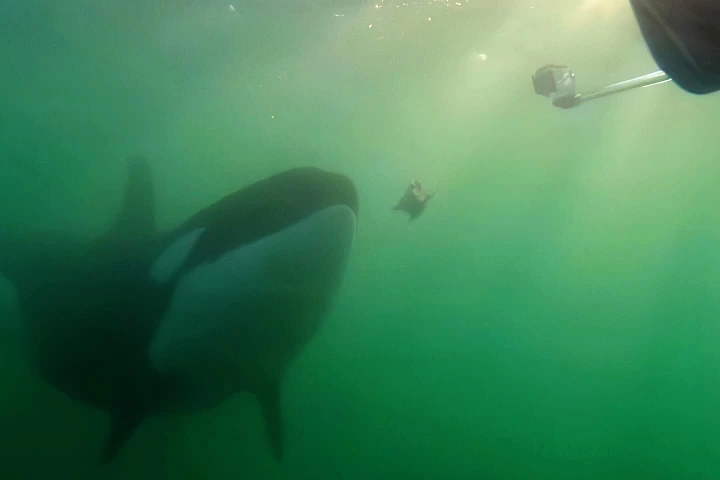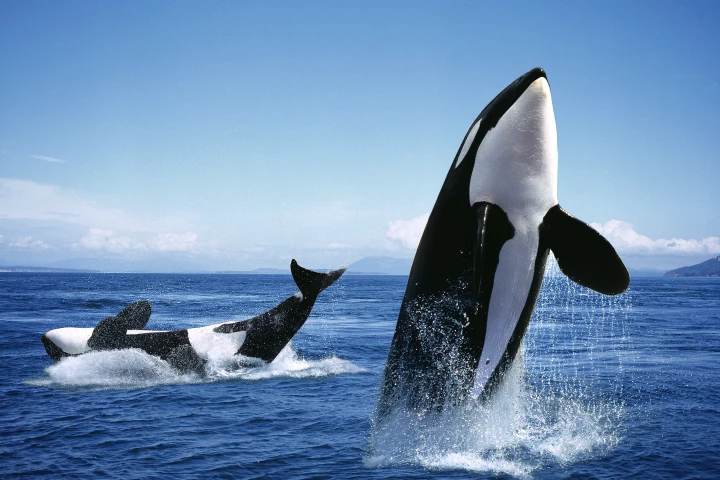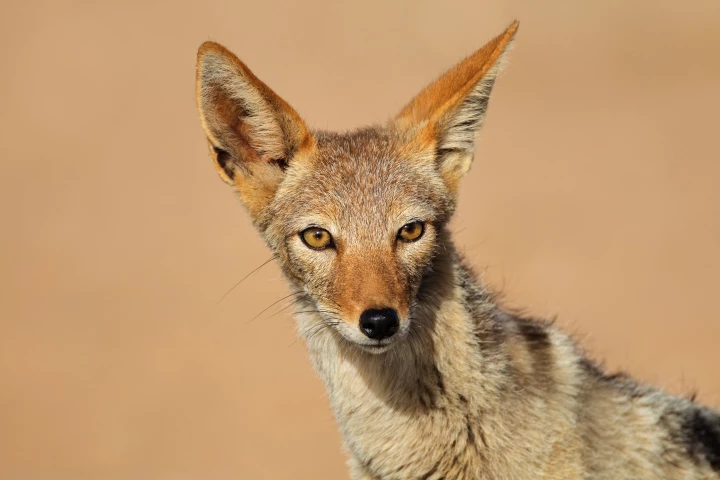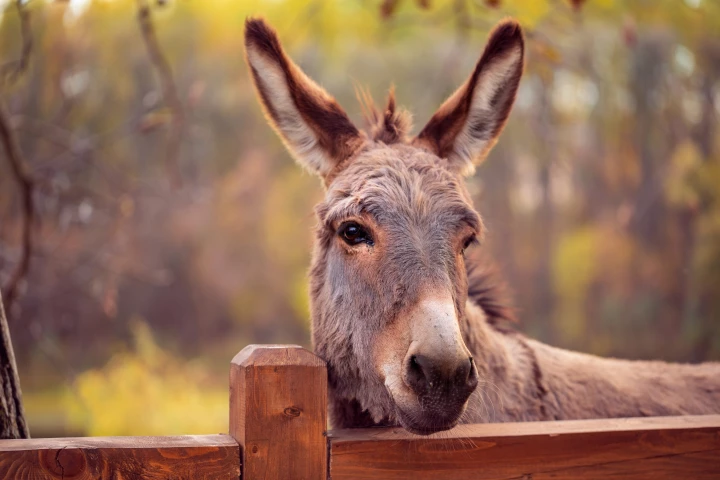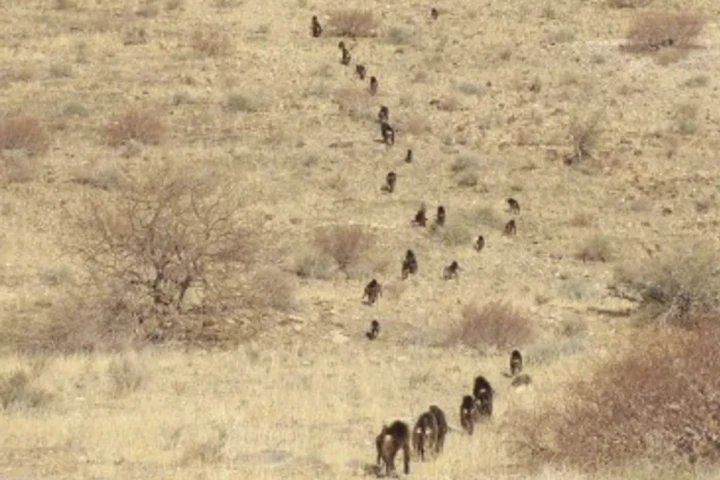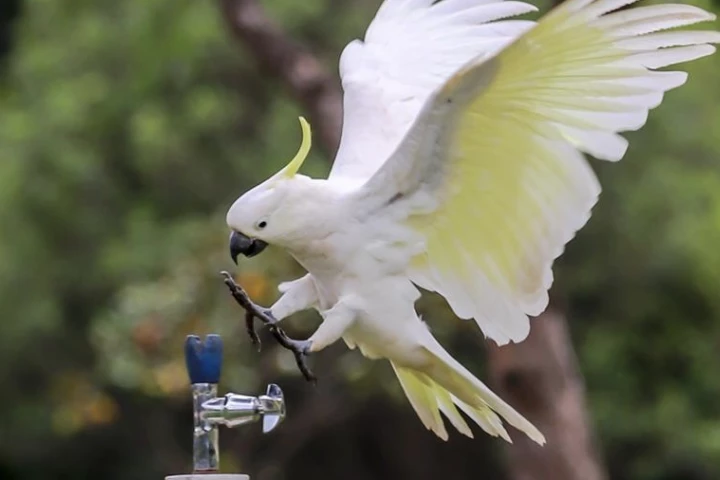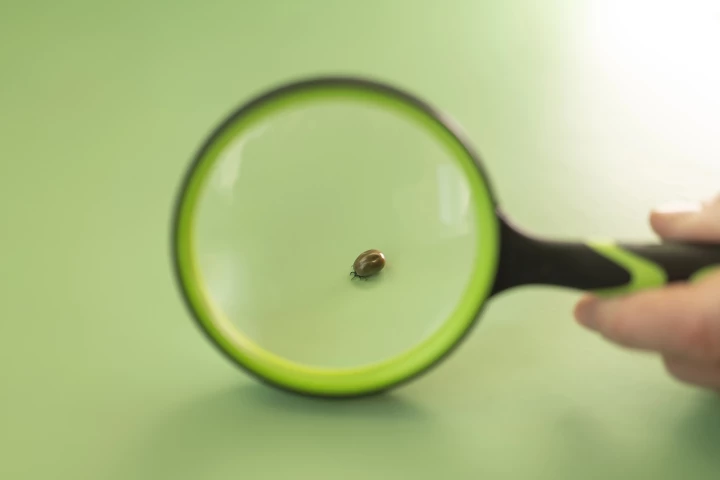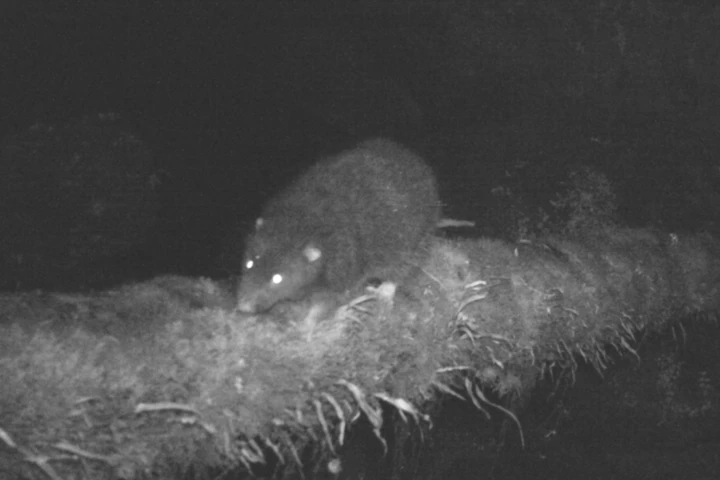Animal science
-
Researchers have identified a fascinating behavior in killer whales: they sometimes offer to share their prey with humans. And while the orcas haven't gone on the record to confirm it, it's likely their way of building relationships with us.
-
If you, like us, were under the impression that two-legged dinosaurs were pacy beasts that could zip across the ground at around 40 mph, researchers have some bad news. A new study suggests they were much, much slower than previously thought.
-
Killer whales have joined the rare club of animal species that craft tools out of nature and use them to their advantage. For the first time, they've been observed making a brush of sorts out of kelp and then using it on each other.
-
More than a third of large animals that feast on dead animals are struggling to survive, and a new report from scientists warns that their downfall could present a serious risk to human life, with an uptick in zoonotic disease spread as a result.
-
It turns out that donkeys are exceptionally good at repelling deer ticks. Now, researchers at the University of Massachusetts Amherst have harnessed that ability to create a natural bug repellent that proved as effective as DEET at fighting the pests.
-
It's not a simple case of "follow the leader" when it comes to baboons on foot. Researchers have made a surprising discovery on why they appear to move in an orderly line, and it's something that can help us better understand human behavior, too.
-
Wearing face masks and maintaining social distances were a significant part of the world's reaction to the COVID-19 pandemic. Now, new research says the practices are not only effective at saving human lives, but chimp lives as well.
-
In an impressive feat of urban adaptation, sulphur-crested cockatoos have worked out how to use their feet and their large bodies to twist the taps of drinking fountains. And much like another of their moves, they're learning to do this en masse.
-
From fleas to mosquitoes, there's no shortage of organisms we consider pests. But thanks to new genetic detective work, scientists have named and shamed the resilient, highly adaptive – and frustratingly hard to kill – bug that got to us first.
-
Drawing parallels with other species, not naming names, the voices of female frogs are being drowned out by their much louder and boisterous male counterparts – so much so we don't know how nearly 99% of the ladies even sound.
-
An elusive nocturnal beast of a rat that lives high up a mountain has been filmed and caught for the first time, in what is akin to winning the zoology lottery. It's only been seen once in 30 years, and all we know of it stem from old museum specimens.
-
Why do elephants, one of the biggest animals on the planet, paradoxically experience unusually low rates of cancer? The question has led scientists to discover these remarkable mammals carry unique genetic variants that reduce their risk of tumors.
Load More
